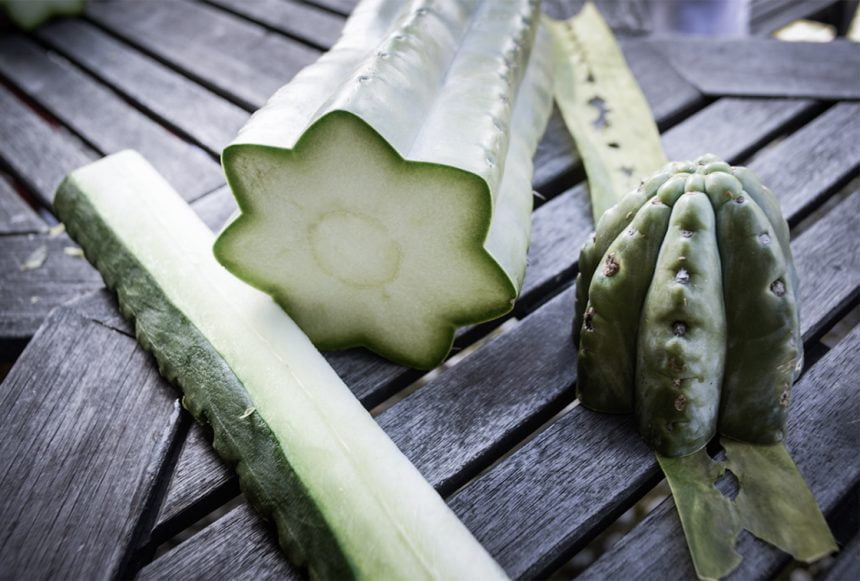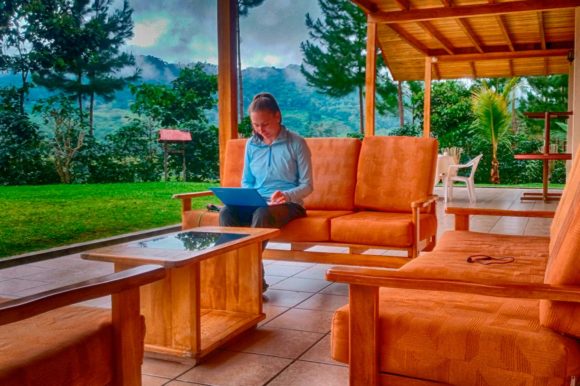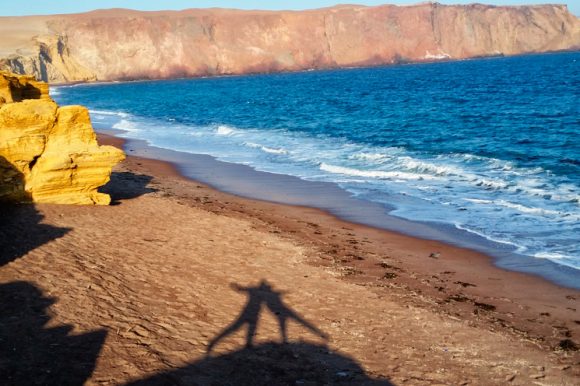Although most people come to Peru to see the wonder that is Machu Picchu, some others journey here for mystical purposes – which typically means they intend of trying, among other things, Ayahuasca or San Pedro. These plants have been used by the local people for thousands of years, mainly for healing purposes. I had my own personal interest in this aspect of Peruvian life, so I decided to learn more about the cactus called San Pedro (echinopsis pachanoi).
How popular is San Pedro?
San Pedro is indeed famous here. For locals it definitely has uses extending beyond its aesthetic qualities as an attractive addition to the garden. It is native mainly to the Andean regions of Peru and Ecuador, growing at an altitude of between two- and three-thousand meters, and has been used for religious and medicinal purposes for over 3000 years. San Pedro is considered to be a unique drug which, beyond healing, can allow a person to ascend to a higher state of consciousness. San Pedro ceremonies are treated as special, mystical experiences, during which you can relax, embark on an introspective journey of self-discovery, and uncover additional layers of energy.
These ceremonies are held all across Peru, but most commonly in the northern jungle of Iquitos and in the Cusco region (including the cities of Urubamba, Pisac and Ollantaytambo). One good place I can recommend in Ollantaytambo to try San Pedro is the Full Moon Lodge hostel. Here they involve you in the process of preparing the cactus, cutting and cooking; before administering the ceremony. Afterward, they take you to a serene location in the nearby mountains, lending the ceremony more mysticism and authenticity.
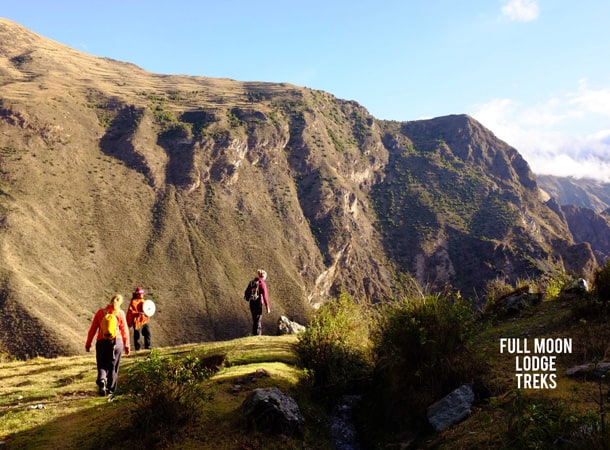
Things to consider before choosing a San Pedro ceremony
Are you curious about how San Pedro is going to affect you? Well, it’s different for everybody. The spectrum really is quite broad: on the lower end, some people become ill and cry; while at the other end, people are consumed with inner peace and happiness. Many variables influence this, such as personality, attitude, physical condition. The dosage is also, of course, an important factor, and the way the cactus is prepared will impact your experience. The potency of the drink will correlate to how long the cactus was boiled and how much of its active components dissolved into the water. Finally, the shaman or guide that conducts the ceremony will influence how it affects you. Shamans commonly hold these ceremonies but that’s not always the case. So before you set sail into the wonderful unknown, make sure you do a little background check on the who, what, where, and how, and whether the person conducting the ceremony is reliable. Who this person is very important, as they will be the one supervising the entire experience (which usually lasts between 6 and 10 hours)
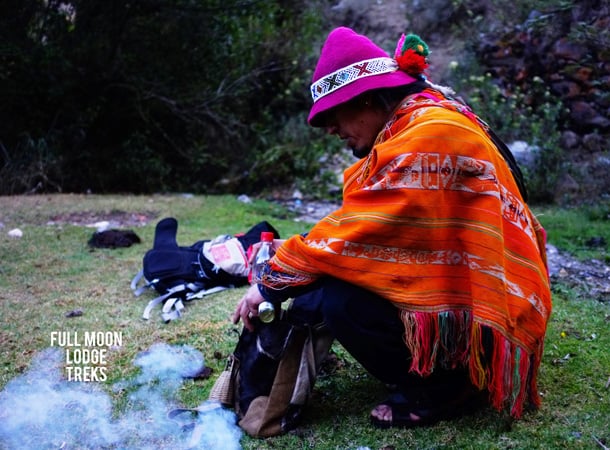
San Pedro gains in popularity by the year. Unfortunately, these ceremonies are often devolving into quick money making ventures, thus losing the authentic traditional and cultural foundation that was practiced by native people for thousands of years. That’s why I recommend that you do your research: try and find somewhere where the people running the show have a genuine connection to their roots and want to offer a genuine spiritual experience.
The price of these ceremonies varies vastly, but in Cusco and Ollantaytambo you may find them available for 150 – 300 Soles.
Good luck!

